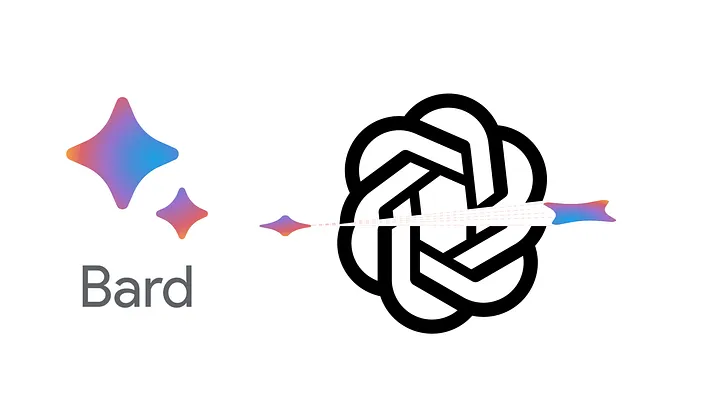Cultivating Excellence in Software Development: Strategies and Insights for Success

As user demands keep getting complex, software development companies need to accommodate them with innovative solutions. This calls for continuous improvement in the software applications, automating processes, and writing better code to enhance the offerings.
To handle market competition and customer demands, developers need to adopt a refined approach. Clear requirement definition, choosing the right framework, version control, and improving code readability are effective strategies.
This post will discuss the best strategies for cultivating software development excellence and building better products. Be it a seasoned or less experienced developer, the tips will certainly boost their software development journey.
Define Project Requirements Clearly
Whether you own a software development company or need the services of one, you need to know the project objectives. Working with a basic idea or outline isn’t effective or clear. To enhance this approach, a formal description of the requirements is vital.
This is where a SRSD (Software Requirements Specification Document) will come into play. It details the software project objectives, basic functionalities, and functional and non-functional requirements. The in-depth document also comprises a system overview, UI specifications, hardware/software dependencies, navigational details, and layout.
Here’s how the SRSD document will boost requirements definition and help the development team –
- Software engineers can convert the requirements into a functional solution
- Solution architects can define necessary functional components and create the software structure
- Project managers could ensure the software meets business needs and customer requirements
Select the Right Development Process
The next important strategy is to select the appropriate Software Development Life Cycle model. This selection might depend on the project requirements, business objectives, customer demands, and available timeframes.
Waterfall Model
This development model is suitable for fixed timeframes and budgets. It’s a detailed model with a very structured approach where the requirements need to be specified in the beginning.
So, the waterfall model is ideal for beginner developers whose clients don’t wish to make amendments during the software development.
Agile Model
The Agile model promotes iterative development collaboration and flexibility. The approach can accommodate client requirements and customer feedback during the development process.
This makes the model ideal for projects comprising multiple teams and requiring constant feedback.
V-Shaped Model
This software development model focuses on constant testing at every stage. It promotes quality assurance, validation, and verification at every project stage to detect defects/bugs efficiently.
Thus, this makes it suitable for projects with stable requirements and well-defined objectives.
Improve Code Quality and Readability
To meet stringent deadlines, programmers may build applications faster, neglecting code readability. Problems arise when the programmer comes back to update the code and debug it. As a result, a significant amount of time and resources may be wasted.
That’s why it’s important to write readable and seamless code that is easily understandable by any programmer. Start by refactoring the code, which is combining multiple code blocks performing a similar function – into a single major function.
Then, use comments and annotations to describe code blocks that can help any coder how your code works. Also, ensure to avoid excessive indentation to keep the code clean.
Lastly, use simple naming conventions for variables and functions. For instance, use variable names like monthly_pay and function names like calculate_wages for maximum clarity.
Implement Version Control
When multiple teams collaborate on a software development project, accidental code modifications are always a risk. Restoring the changes to a previous person can be complicated and time-consuming. Using version control is the perfect solution here.
Version control tools like GitHub and IBM Configuration Management Version Control help track code progress across the development life cycle.
- A version control system tracks code changes to a file and stores multiple versions of the file in a secure server.
- Developers can safely access the file, make changes, and store it again.
- Developers can conveniently work in asynchronous environments without affecting each other’s code.
- The approach helps identify bugs and go back to a previous version to fix them effectively.
This way, teams can enhance, review, and comment on the coded files. Improved visibility facilities code quality, project management, and faster deployment.
Utilize a Virtual Machine for Testing
A virtual machine offers a controlled environment for testing your code or a partially completed application. It enables you to test applications in this secondary environment before running them on the physical machine. Even if the application crashes on the virtual machine, the physical system will not be affected.
If you want to test your application on different operating systems, virtual machines can make the process convenient. Moreover, it prevents the software’s access to sensitive resources and data in your physical machine, enhancing security.
Virtual machines are also effective in analyzing and testing unreliable code. This protects your system from malicious hackers trying to use the code’s vulnerabilities to gain unauthorized access.
Documenting the Software’s Progress
Every software development company must focus on documenting their progress along with the strategies discussed earlier. It’s essential to document the code changes, bugs, complications, solutions, and updates.
Thus, the progress documentation provides a roadmap of the software’s development from start to finish.
The documentation can be in the form of project notes, code comments, application-specific details, and relevant information. It needs to be neatly written, organized, and understandable for everyone. You can include the development roadblocks and associated solutions to prevent mistakes in the future.
Make sure the documentation is simple for various teams to refer to and make changes if required. So, documentation simplifies communication and collaboration between cross-functional teams.
Final Thoughts – How to Excel as a Software Development Company?
Following the various software development excellence tactics requires efficient communication. So, software development companies must keep all their team members in the loop while implementing changes. Arranging frequent meetings and discussions on online portals like Slack can support this endeavor.
However, it’s essential to incorporate the feedback from team members into the application development plan. It might significantly refine each strategy and help determine problems at every stage.
Also, adopting tactics like documentation and version control systems can help in identifying issues and solutions. It helps to achieve better software development results.
Read Also : Cultivating Excellence in Software Development: Strategies and Insights for Success




